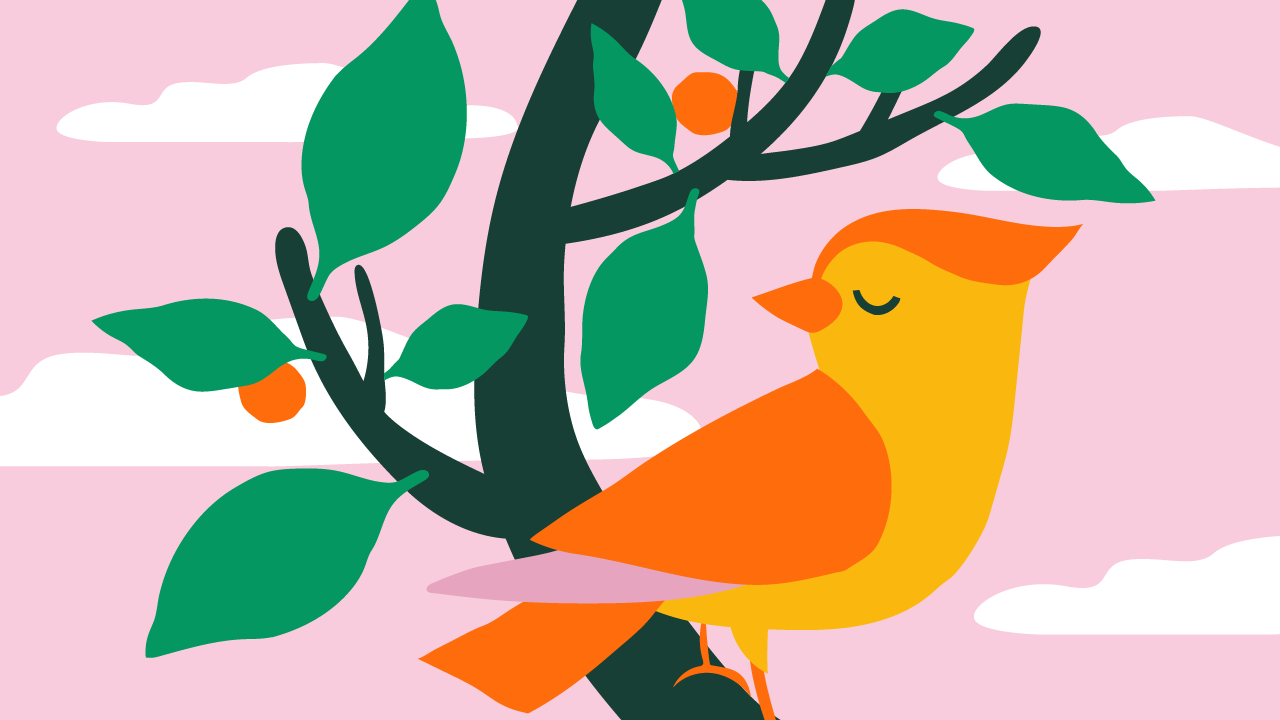
7, February 2024
Feeding the Birds
We love birds. And looking after these crucial members of our ecosystem is rewarding not just for them but for yourself. According to Songbird Survival, more than half of our UK songbirds are threatened or already in decline. Feeding birds connects you to Nature and provides these incredible creatures with much-needed meals – especially in winter, when food is scarce. Whether you’ve got a sprawling garden or live in a flat with no outdoor space, you can feed the birds. Here’s how.
How to Feed the Birds
Perhaps the easiest and most natural way to feed the birds is to grow plants with them in mind. Mahonia, ivy and rowan are all berry-bearing plants loved by our feathered friends, and thistles and teasels provide seed snacks. But if you don’t have the space to grow trees and bushes, or you want to welcome a wider variety of birds, it’s best to set up a feeding station.
There are so many ways to feed the birds: hanging feeders, tables and suction trays that stick to the outside of windows are just some examples. One of the most important things to remember when setting up your feeder is to keep it safe from predators like cats and thieves like squirrels. Avoid dense bushes where cats could lay in wait, or fences that they could easily jump from. If sneaky squirrels are an issue for you, you can buy squirrel-proof feeders, or look for home-made methods designed to keep them out, such as wire mesh or an upturned biscuit tin threaded on the pole of a table. If you have a large outdoor space, it pays to move your feeding station around at regular intervals to stop cats or overhead predators, like sparrowhawks, from becoming too familiar with its location.
It’s vital to keep your bird table or tray thoroughly clean to prevent the spread of diseases. The RSPB have some tips on how to do this here.

What to Feed the Birds
The simple answer to this might seem like ‘birdseed’, but birds’ palates are more sophisticated than you might think. Different birds enjoy different types of food, so to get the widest range possible flying into your feeding station, you’ll need to cater for a broad range of avian tastes.
Thrushes, blackbirds and waxwings love fruit, so try putting pieces of bruised apples or pears out for them. Thrushes also love mealworms, as do robins. Sparrows and woodpigeons will happily tuck into birdseed, whilst tiny birds like finches and siskins prefer tiny seeds, such as nyger. Finches are also fans of sunflower seeds, and starlings, tits and woodpeckers will devour peanuts and fat balls.
If you don’t have a bird table big enough to put out a full smorgasbord for your winged visitors, don’t worry. Good quality birdfeed contains a mixture of seeds, mealworms and grains, to attract a broad range of birds.
What About Water?
Providing clean, fresh water for birds is so important, especially in extreme temperatures. You don’t need a bird bath: a small plant saucer is enough. Just make sure you change it regularly to keep it clean.

Stick to a Routine
Once you’ve started feeding the birds, keep doing it. They will recognise and remember your feeding station as important source of food and want to keep coming back for more.
Enjoy the Birds
Take time to watch the birds that flock to your feeding station and identify what types they are. A bird guidebook is a great way to do this, or you can search for their identifying features online. Sit back and listen to the birdsong outside, picking out the calls of different birds. The Chirpomatic app can help you identify who’s making what sound. You might like to write down your bird visitors, or even have a go at drawing or painting them. Find out more about this in our blog: Nature Journalling for Mindfulness.

